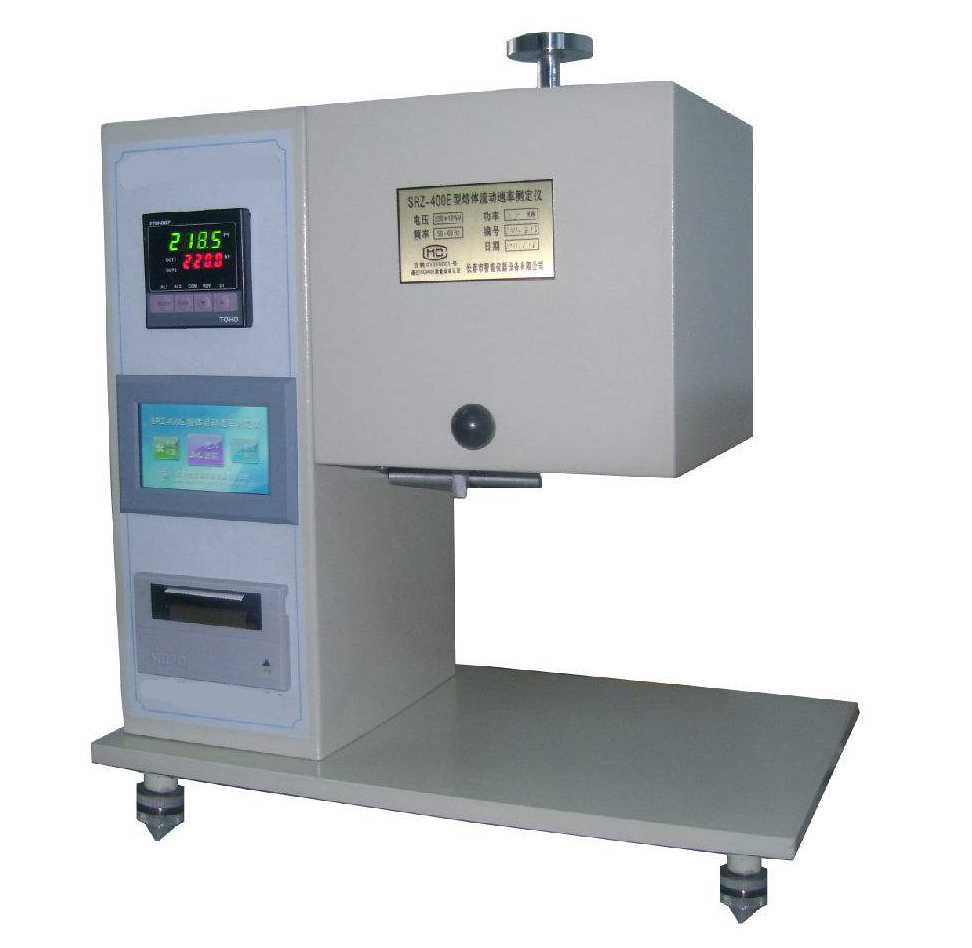Melt index tester operation
The melt index tester is used to characterize the flow properties of thermoplastic polymers in a viscous flow state, and to measure the melt mass flow rate (MFR) and melt volume flow rate (MVR) of thermoplastic resins. It is suitable for engineering plastics with higher melting temperatures such as polycarbonate, nylon, fluoroplastics, and polyarylsulfone, as well as non-woven fabrics, melt-blown fabrics, polyethylene, polystyrene, polypropylene, ABS resin, polyoxymethylene resin and other materials with lower melting temperatures.
Qinsun Instruments Co., LTD, established in 2012, focuses on the research and development, design, and production of textile testing instruments. It provides textile testing instruments and services to academic research units and testing institutions. Qinsun is currently one of the most competitive and R&D-capable manufacturers of textile testing instruments in China, with an R&D team composed of experienced engineers. We are dedicated to serving our customers with all our hearts and striving to promote technological innovation in textile testing instruments.
Application Scope
Accuratemeasuring data, simple operation, intuitive and clear, stable and reliable performance. It is suitable for fluorine plastic, nylon and other engineering plastics,and it can also be applied to polyethylene (PE), polypropylene (PP), polyformaldehyde (POM), polystyrene (PS) ABS resin, polycarbonate plastic with lower melting temperature. It is widely used in plastic production, plastic products, petrochemical industry and related colleges and universities, scientific research units and commodity inspection organisation.
Features
1. The heating rate is fast and the overshoot is very small
2. High temperature accuracy
3. After packing, the thermostat can be restored quickly
4. Calibration of test parameters and correction of convenience
5. Manual and automatic cutting test method can be adopted
6. Liquid crystal display in Chinese
7. Equipped with printer, automatic printout of test results
Applicable standards:
GB/T3682, ISO1133, GB/T9643, JB/T5456, ASTM/D1238-98

Operation:
01. Connect the power supply, turn on the power switch, the green power indicator light is on, set the test temperature, and the red indicator light is on when heating.
02. Standby for 20 minutes, that is, start working after the preset temperature is stable.
03. Sample preparation, weigh 4--5g on the balance, and prepare the sample for testing.
04. Add material, when the temperature is stable, you can add material. Take out the material rod, place it gently on a high-temperature resistant object, insert the funnel into the barrel, and vibrate the funnel while adding material to make the material leak quickly. After adding material, use the pressing rod to compact the material to reduce bubbles, then insert the material rod, put the positioning sleeve, and put on the weight tray (the adding operation must be completed within one minute).
05. After the feeding is completed, preheat for 4-6 minutes, add the required weights, and prepare for cutting and sampling.
06. When the material rod drops to the lower mark line, start the timed cutting. The test stops when it drops to the upper mark line. The cutting sampling should be between the upper and lower mark lines of the material rod.
07. The cutting interval of each spline is determined according to the measured object. Generally, it is cut every 60s or 30s. The length of each spline is generally about 20mm-50mm.
08. Weigh the splines, discard the splines with visible bubbles, weigh the remaining splines (at least three) one by one, accurately to 0.0001g, and calculate the average weight.
09. Calculate the results and calculate the melt index.
10. After the test, use clean gauze to clean the material rod, barrel, and die while they are hot for the next test.
11. After cleaning, put on the feeding rod, turn off the power switch, and cut off the power.
2025-01-07 11:40
- Related News
FAQs about Garment processing equipment
What is the Vertical Flame Test?
What is a needle flame tester?
What is a Dry Microbial Penetration Tester?
Top 10 Fiber Fineness Testing Instruments
Top 10 Penetration & Permeability Testing Instruments
Top 10 Comfort Testing Instruments
